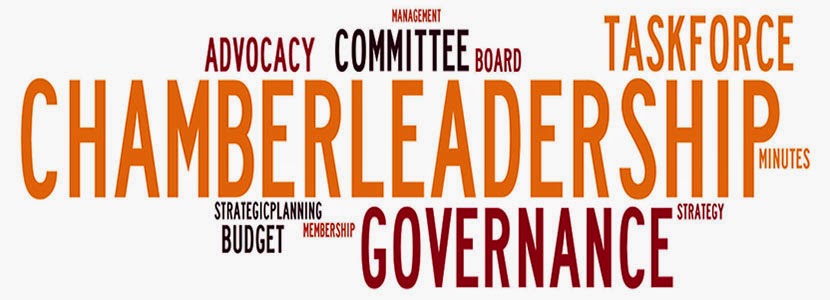I attended a webinar, on the title of this blog post, at the recent virtual ASAE Annual Meeting.
They started off by suggesting you should get the background information, on your members, who want to volunteer so you can match them up with the best committee or task force.
Assessments help both the volunteer and staff. Working together is key.
Put another way, getting the right people in the right seats on the bus. Does that sound familiar? That was a key component in the book Good to Great.
They talked about three different types of assessments (tools).
- A getting to know you assessment – use an online survey to get their skill-set, do they like to work in a group or individually? What do they have passion for in your program of work? What’s their time commitment, what are their motivations that makes them want to volunteer? For a great resource on this subject go HERE for the book Decision to Volunteer.
- The volunteer self-assessment – they referenced IOM faculty member Bob Harris and his board self-assessment tool and other great resources that can be found HERE. The key is to give the volunteer an opportunity to reflect on their commitment, role, experience, etc. It allows volunteers to identify their strengths and weaknesses. This self-assessment could be administered half-way through your volunteer’s experience and adjustments can be made if applicable.
- Experience assessment (after a year of volunteering or end of term) – think of this as an exit survey. This is a great opportunity to get great feedback that you can use for future interactions with your volunteers. Find out what they liked and didn’t like about their experience. This will make your future volunteer experiences better and your chamber a better organization.
At the end of the day, you want volunteers that are engaged and will move your agenda forward. Be upfront with your volunteers and let them know you do these assessments to learn how you can create better volunteer experiences for those that come after them.
For resources on volunteer management go HERE.
At this year’s ACCE Summit, Claire started out her session by identifying key attributes of a good board member. The ones that jumped out for me, include but are not limited to, strategic thinker, visionary, integrity, expertise and financial resources.
She went on to talk about where you can find good board members. Current volunteers, donors/sponsors, other organizations, and referrals from board members. I’m a fan of identifying skill-sets the board may need; legal, finance, marketing, policy, etc.
Once you have them, support them by holding an orientation – where you can review your program of work, give them support materials and possibly find them a mentor. Help them build relationships with current board members.
Claire went on to talk about the importance of working effectively with your board chair. You could have an orientation just for them which is very different than what a full board orientation might look like. They need to understand their role. Possibly your past chair could lead this discussion with you as a participant or you could attend a program around the subject. ASAE has conducted their CEO Symposium for over 20 years now. For more information on that series go HERE.
It is critical that the chair understands his or her role. They need to understand the difference between the board chair and the CEO of the organization. Do you have a Memorandum of Understanding on the role of the chair and CEO? Go HERE for a blog post on that subject and sample document.
And by the way, that document is a great way to set an expectation on how you will communicate, set board agenda’s, etc., in the year they are chair. Find out what works best for them and stick to the timetable they’ve set. Respect their time!
She went on to talk about ways to engage them. Make sure your board meetings are meaningful and timely, stick to the agenda, and use a consent agenda for general reporting items. Use the other time to discuss any issues the chamber may be facing in the future.
For an example of a board agenda go HERE. She suggested your strategic plan and business plan should be in your board materials at every meeting.
And her final comments were about recognizing your volunteers. Thank them and give them credit. It’s about them, not you!
For resources from Claire’s website go HERE.

